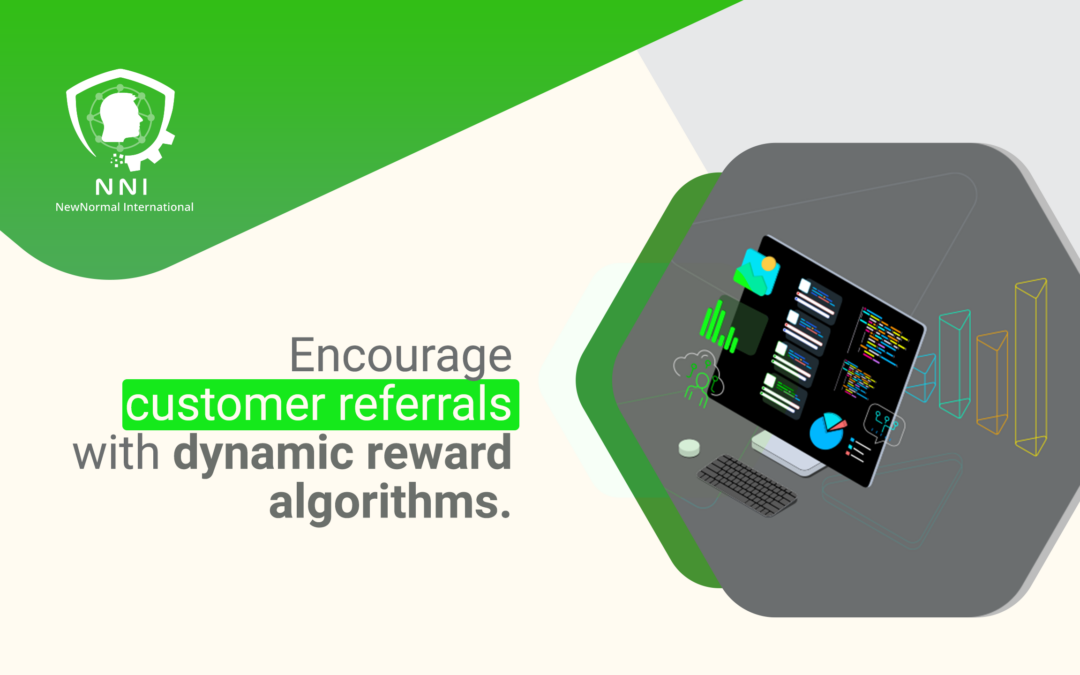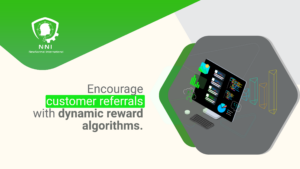Boosting Customer Referrals with Dynamic Reward Systems
In today’s competitive business landscape, customer referrals have become an invaluable asset for companies looking to expand their customer base. Encouraging satisfied customers to refer others to their products or services can lead to substantial growth. To achieve this, many businesses are now leveraging dynamic reward systems that provide enticing incentives to both referrers and new customers. These reward systems adapt and evolve based on customer behavior and the referral process, making them a powerful tool for businesses seeking to encourage customer referrals.
1. Personalized Rewards:
Dynamic reward systems excel at offering personalized incentives to customers. Rather than employing a one-size-fits-all approach, these systems utilize data to understand individual preferences and tailor rewards accordingly. For example, a fashion retailer might use dynamic rewards to provide a customer who often purchases shoes with a referral bonus specifically for footwear. This personalization not only makes the incentive more appealing but also showcases that the company understands and values each customer’s unique preferences.
2. Real-time Performance Monitoring:
Dynamic reward systems enable real-time monitoring of the referral program’s performance. Businesses can continuously assess how well their referral incentives are working and make adjustments on the fly. This flexibility is crucial for refining and optimizing the program to achieve the best possible results.
Consider a software company that utilizes dynamic reward systems to monitor its referral program. If the company notices that a particular incentive is driving more successful referrals, they can allocate more resources to that incentive, maximizing the program’s effectiveness and ensuring the most successful outcomes.
3. Dual Incentives for Engagement:
These dynamic systems encourage customer engagement by offering rewards to both the referrer and the new customer. This double-sided reward structure motivates customers to actively participate in the referral program. By benefiting both parties, the reward itself becomes a powerful tool for engagement and fosters a sense of mutual benefit.
For example, a food delivery service might offer a discount to the referrer and a discount to the new customer they referred. This dual incentive not only encourages the referrer to promote the service actively but also provides the new customer with an immediate benefit, creating a win-win situation for both.
4. Tiered Reward Structures:
Dynamic reward systems can implement tiered structures that offer increasing rewards for more successful referrals. These tier systems provide an additional layer of motivation for customers to refer more people. For instance, a subscription-based streaming service may employ a tiered system where the first successful referral earns the referrer a discount, the second referral provides access to exclusive content, and the third referral results in a substantial discount on the subscription fee. This tiered approach keeps customers engaged in the referral program and motivated to achieve higher rewards.
5. Gamification Elements:
Introducing gamification elements is another way dynamic reward systems enhance customer engagement. Gamification elements such as leaderboards, badges, or points systems make the referral process more interactive and enjoyable. For instance, an online fitness app might implement a point-based system where customers earn points for every successful referral. These points can then be redeemed for access to premium features, exclusive workouts, or fitness gear. This gamified approach turns the referral process into an enjoyable and rewarding experience, encouraging customers to actively participate.
6. Data-Driven Incentive Optimization:
Dynamic reward systems rely on data to fine-tune incentives continually. By analyzing the performance of different incentives and monitoring referral activity, businesses can make informed adjustments to enhance the program’s effectiveness. For instance, an e-commerce platform may use these systems to evaluate which referral incentives lead to the most purchases. If they discover that offering a discount on the referrer’s next purchase generates more referrals, they can allocate more resources to that incentive, driving better results.
7. Clear and Transparent Referral Programs:
Transparency is crucial in any referral program, and dynamic reward systems make it easier for businesses to provide clear and concise information about the program. Customers can easily understand the rewards, criteria, and terms, fostering trust and confidence. For example, a travel booking platform may offer customers complete transparency regarding their referral program, outlining the specific rewards and conditions. This transparency ensures that customers are fully aware of what they will earn for referring others, creating a trustworthy and straightforward program.
Dynamic reward systems are revolutionizing the way businesses encourage customer referrals. With their personalized incentives, real-time monitoring, dual rewards, tiered structures, gamification elements, data-driven optimization, and program transparency, these systems have proven to be highly effective. They provide a tailored approach that encourages customers to actively engage in the referral process, ultimately driving growth and success for businesses.
#DynamicRewardSystems #PersonalizedIncentives #EngagementMotivation #Gamification #DataDrivenOptimization























